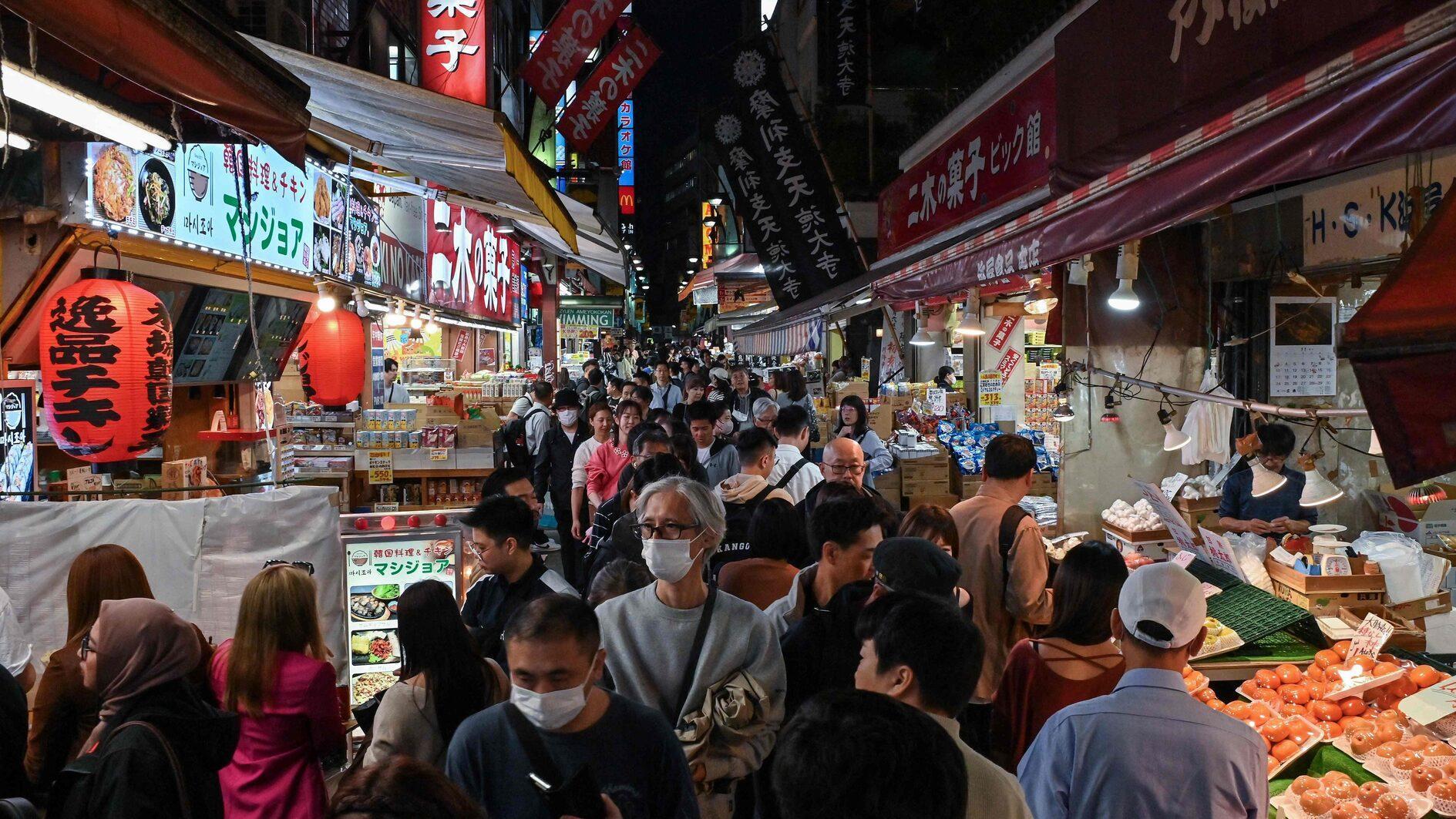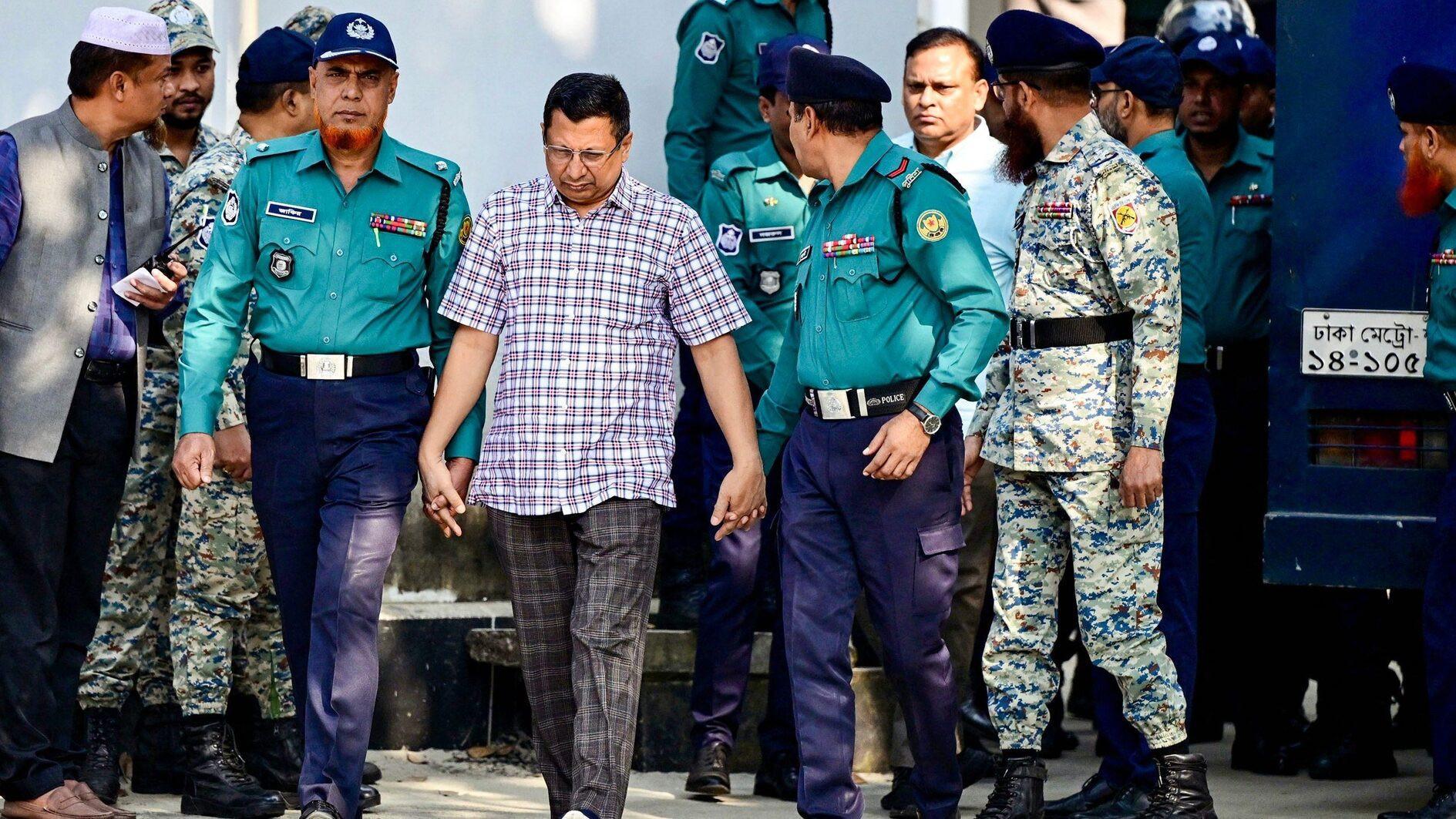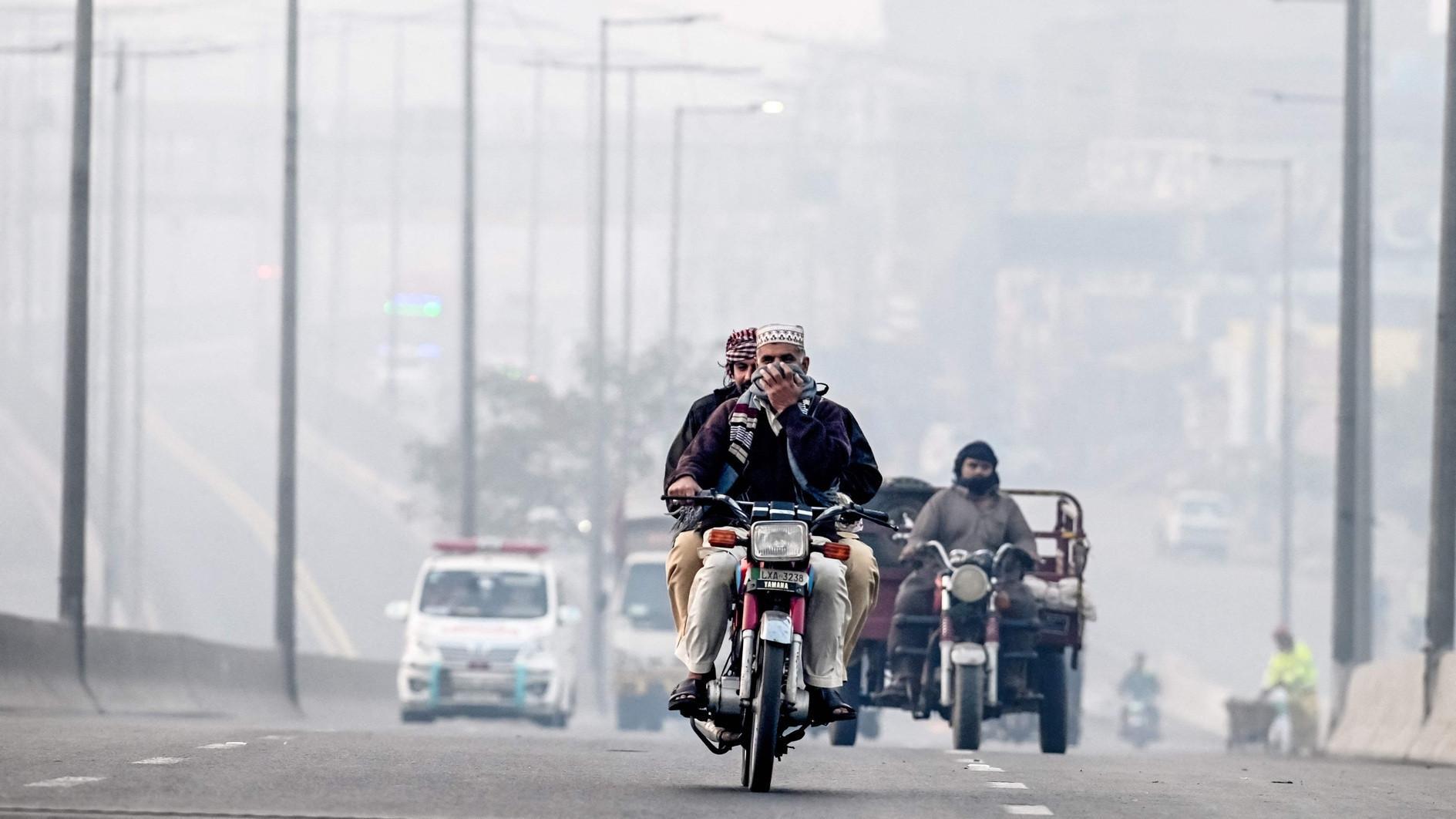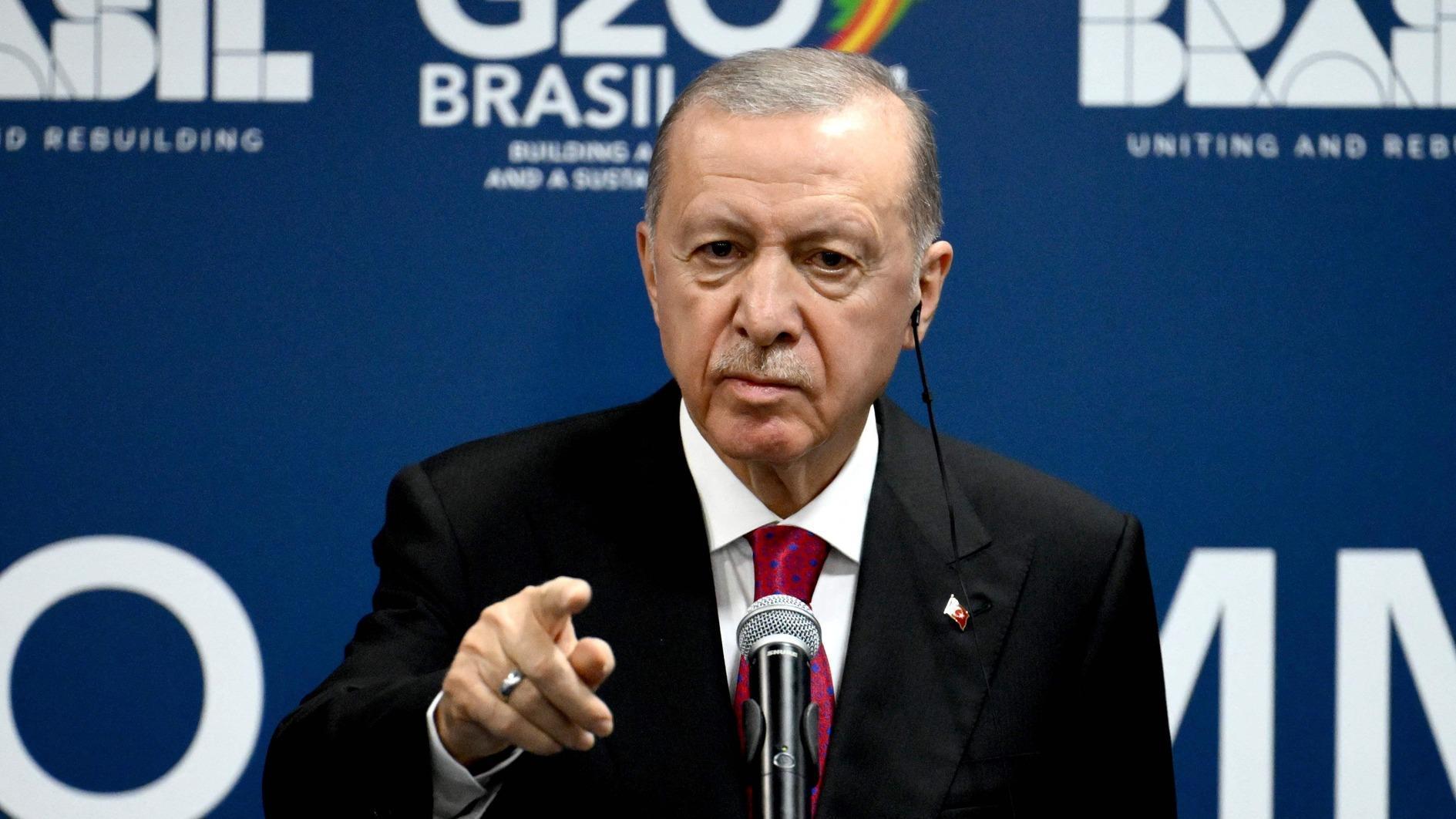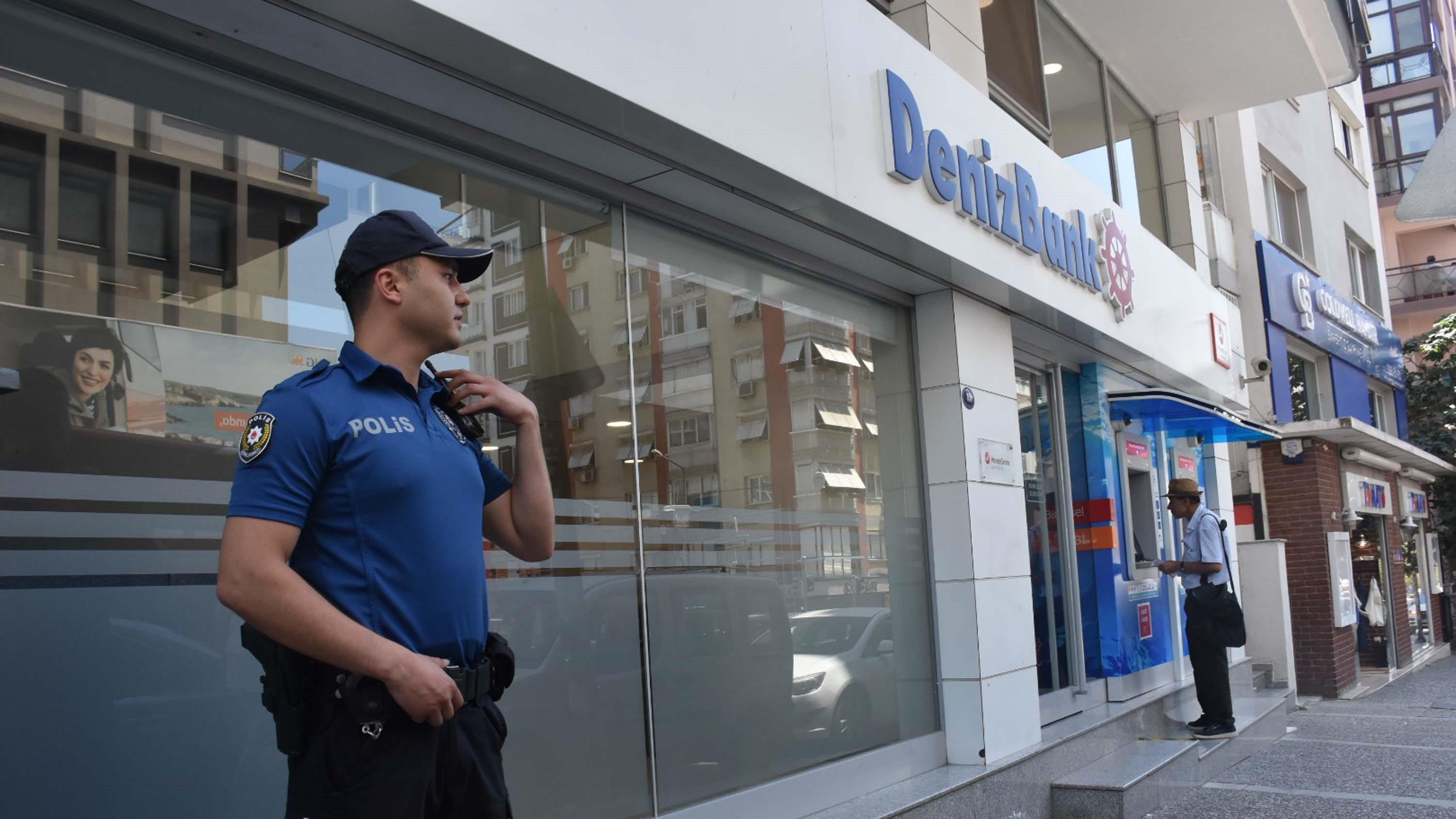Is there an internal relocation alternative in Syria?: Op-ed
Metin Çorabatır
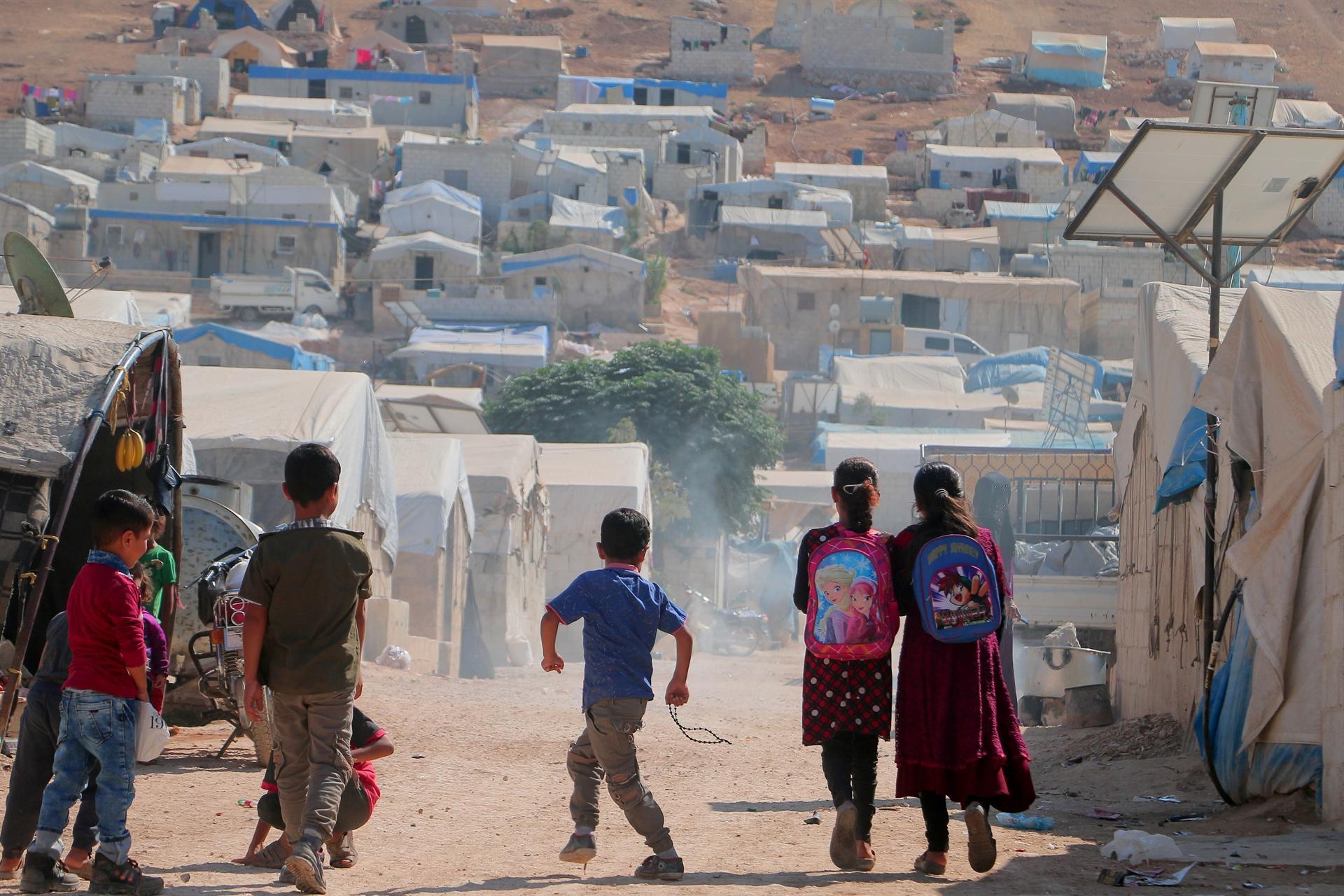
According to the United Nations, hundreds of civilians have been killed in Idlib due to airstrikes since May 2019 while almost 630,000 displacements took place as people have fled their homes to escape from violence and to reach essential services. For these desperate people, could there be a third option for effective protection, in addition to fleeing to Turkey or settling in a safe zone in future?
Based on Turkey’s experience with 3.6 million Syrian refugees since 2011, Turkish leadership has openly expressed that unlike 2011, the borders would be closed especially in the light of European unwillingness for sharing the burden. In the event of a new mass influx of refugees, keeping them at the border may be difficult unless there are other protection tools. There seems to be two more options in such a situation. One is the declaration of a safe zone in northern Syria free from both regime and non-state agents’ threats. Turkey appeals for international support for such a safe zone for potential mass movement of Internally Displaced Persons (IDPs). How such a support would be provided still remains unknown. The second option would be a search for an Internal/relocation Alternative (IFA) somewhere inside Syria. This article briefly analyzes this least-discussed option of invoking an IFA.
The assumption for an IFA is that refugees/IDPs are at risk of being persecuted for a Convention reason or being harmed due to violence, in part, but not all, of their country of origin. The northern states began to increasingly apply IFA in determining individual refugee status until the mid-1980s. The 1951 Convention Related to the Status of Refugees does not require that the fear of being persecuted does not necessarily always extend to the whole territory of the refugee’s country of origin. However, western countries rely on this concept to deny refugee status to persons at risk of being persecuted for a Convention reason. The concept of an internal flight or relocation alternative, therefore, refers to a specific area of the country where there is no risk of a well-founded fear of persecution and where the individual could reasonably be expected to establish him/herself and live a normal life. Consequently, if internal flight or relocation is to be considered in the context of refugee status determination, a particular area must be identified and the claimant provided with an adequate opportunity to respond. This concept needs to be considered as applicable in case of mass influxes.
The main difference between the safe zone and internal flight/relocation alternative is unlike the safe zone/no-flight zone, which requires a new international endorsement, preferably by the U.N. Security Council, to temporarily create a territory for safety of refugees within a country, the internal flight/relocation alternative presumes existence of a specific area in the country where there is no risk of a well-founded fear of persecution or harm.
The assessment of whether or not there is a relocation alternative requires answers to the following questions:
a) Is the area of relocation practically, safely and legally accessible to the individual? b) Is the agent of persecution a state which is able to act throughout the country? c) Is the agent of persecution a non-state agent where there is a risk that the non-state actor will persecute the claimant in the proposed area? d) Would the refugee/IDP be exposed to a risk of being persecuted or other serious harm upon relocation? e) Can the refugee/IDP, in the context of the country concerned, lead a relatively normal life without facing undue hardship?
While as a practical matter the rights of refugees apply once the refugee arrives at a state party’s territory of the 1951 Convention, there are some circumstances in which a state party exercises de facto control in a territory over which it has no valid claim to lawful jurisdiction. A state might invade and take authority over the territory of another country. While it is not possible in such circumstances to argue that the state must respect refugee rights in such a place as the natural corollary of the state ‘de jure’ jurisdiction, there is no denying that the state is exercising de facto jurisdiction over the territory in question. From the perspective of refugee, the state’s control and authority over him or her –whether legally justified or not- is just as capable of either inflicting harm or providing assistance as would be the case if the state’s formal jurisdiction were fully established there.
The Syrian state, as a perpetrator of harm, is still unable to act throughout the country. The United States-led Global Coalition against Daesh effectively de facto controls one-fourth of the country. The coalition defeated Daesh on all fronts, and yet, it continues to maintain its presence. The coalition has effective unlawful control over these territories and has created a de facto no-flight zone. Moreover, the 81 member countries of the coalition are mostly state parties to the 1951 Refugee Convention.
It is arguable that the territories under effective de facto control of the global coalition is practically, safely and legally accessible for potential IDPs from Idlib. The coalition has a legal duty to protect internally-displaced persons, recognize their basic rights and provide humanitarian assistance in the territories which exercise de facto effective control.


